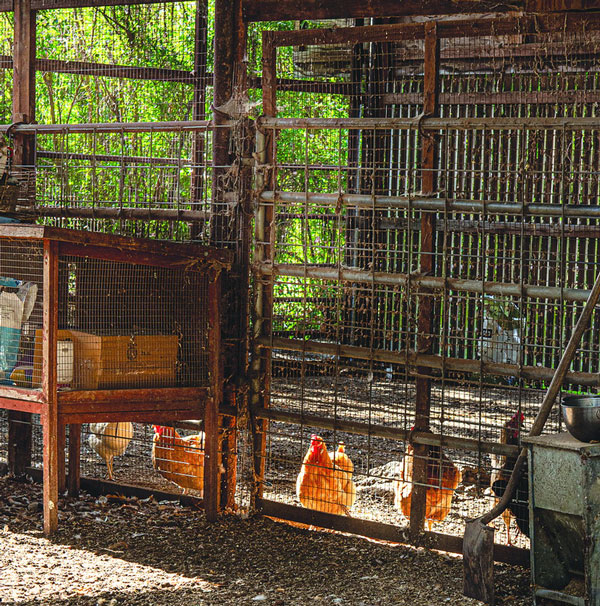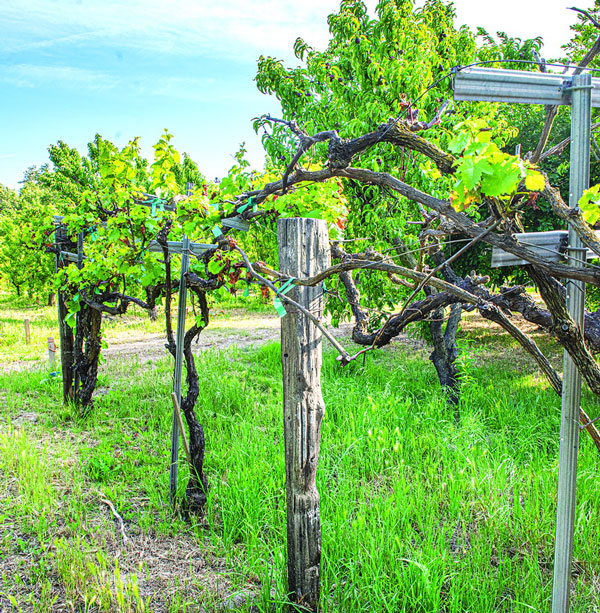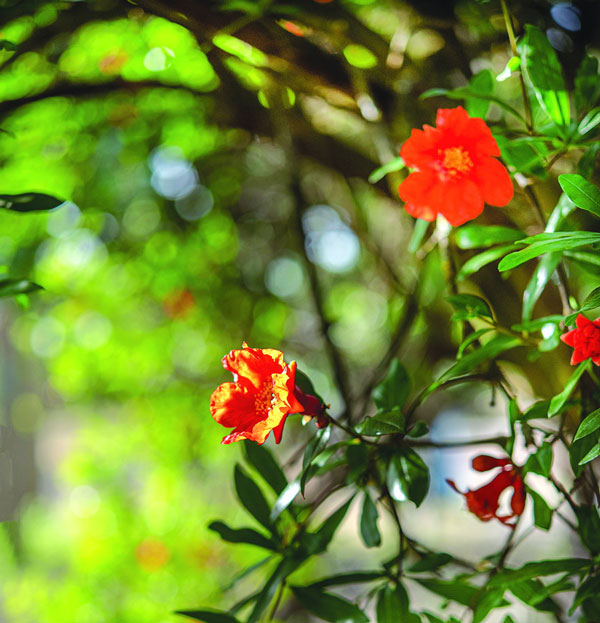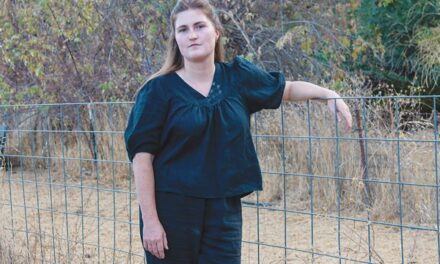Mighty Mites
Organic farmers capitalize on bugs’ life
By Gabrielle Myers
June 2022
Flourishing, fragrant blossoms of orange, lemon, lime, yuzu and grapefruit trees infuse the morning air. Kiwi vines twist up arbors still wet with last night’s rain.
For more than 39 years, Tony and Joye Inzana have tended this former dairy land south of Modesto, transforming it into one of the most diversely planted landscapes in our region. Sacramento residents can buy Inzana Ranch products from an online store, and the couple sells at several Bay Area farmers markets.
Row upon row of almond, walnut, pecan, chestnut, pistachio, olive, cherry, plum, pluot, plumcot, apricot, fig, pomegranate, apple, quince, peach, pear, wine and table grapes, avocado, mulberry, blueberry, kiwi and more than 20 varieties of citrus line the ranch acreage. Each type of fruit gets represented by three to five varieties. Diversity equals not just options to tantalize the palate, but health and resiliency for the organic farm.
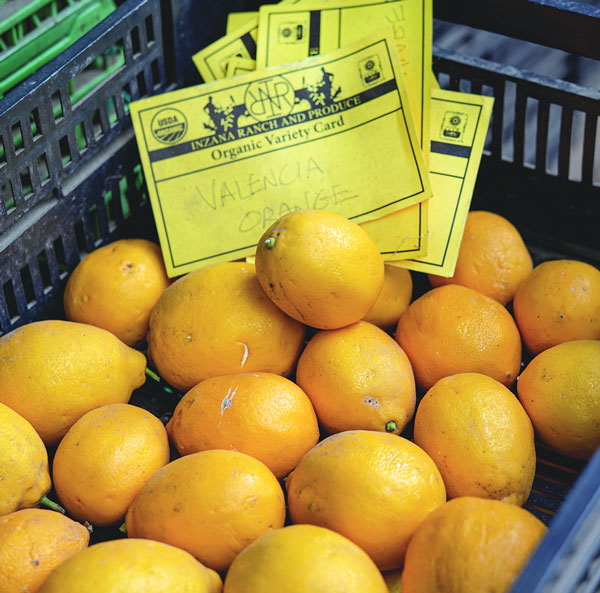
I’ve seen the health impacts and environmental devastation caused by non-organic fruit and nut growing and processing. In the 1970s and early 1980s, when the introduction of pesticides, fumigants and herbicides took over the gardening and farming world, my grandpa and dad, both avid flower and vegetable gardeners, were exposed to harsh chemicals that caused their Parkinson’s disease.
In 2008, I worked for the USDA grading raisins at a dried fruit processing facility in Vacaville. I saw how toxic chemicals such as methyl bromide, a neurotoxin that depletes the ozone, and sulfuric acid were pumped into fruit but ultimately hidden from consumers. Low wage and often undocumented workers were exposed to these toxins daily.
Like many in our region, I passed orchard after orchard and witnessed the barren and dry land underneath nut and fruit trees, then watched the flooding of these orchards. Water doesn’t hold when soil lacks life. Many farmers use pre-emergent sprays and till until life-giving organisms are decimated. As a result of these sprays, our streams, rivers and bays lack the life they once had. Our drinking water is concentrated and contaminated.
At Inzana, what nourishes us nourishes the land. Under an almond tree’s expanse, grasses and flowers grow undeterred. Bees fly through the verdant rows year-round. Pits left from dried fruit processing get fractured and composted or spread throughout the orchards.
Insects are not seen as threats to productivity. The Inzanas work with natural bug cycles to benefit their trees. Moths are controlled through night-time release of pheromones. Mites, instead of receiving pesticide, control each other. As Tony Inzana says, there are “good and bad mites,” and “good mites will come” to feed off and control the bad mites.
In conventional farming, there’s an assumption that dried fruits and nuts must be fumigated to kill pests and bugs while the items get stored and transported. In the past, fruit and nut growers applied for exemptions to use harsh chemicals such as methyl bromide and other fumigants. The Inzanas handle pests and bugs by using sound practices, such as spreading out fruits and nuts to give them air and control moisture content. Nuts are briefly frozen in cold storage, which preserves and gets rid of any potential pest threat.
Instead of pumping excessive water into the orchards, the Inzanas teach their trees to dig down into the water table. In a dry farming manner, they create healthy, robust trees with extensive root systems that use less water than conventional farms and endure dry California summers.
Our conventional food system says to feed the world at a reasonable cost, we need to mass produce and use chemicals to grow and preserve food. The Inzanas, myth-busting heroes, weave a different, more economically and environmentally sustainable narrative.
They work with natural cycles, diversify their crops and employ traditional storage and preserving methods.
For information on Inzana Ranch organic fruits and nuts, visit inzanaranch.com.
Gabrielle Myers can be reached at gabriellemyers11@gmail.com. Her latest book of poetry, “Too Many Seeds,” can be ordered from fishinglinepress.com. Follow us on Facebook, Twitter and Instagram: @insidesacramento.




